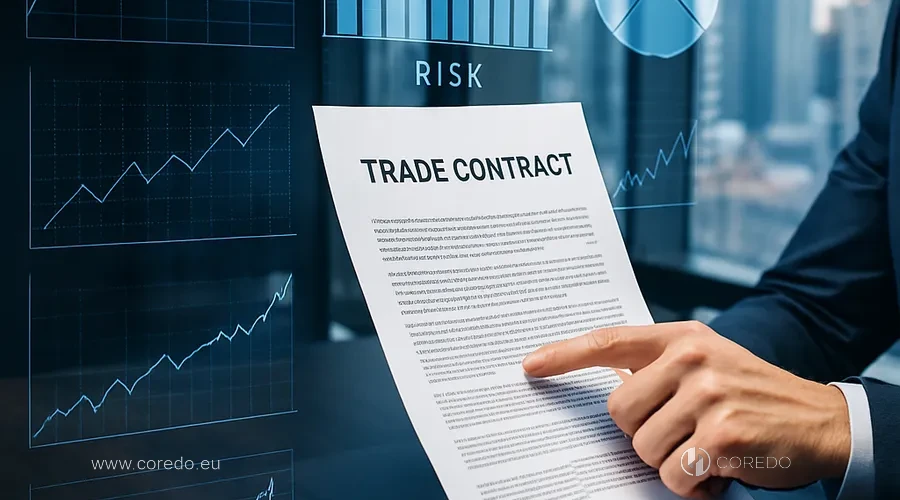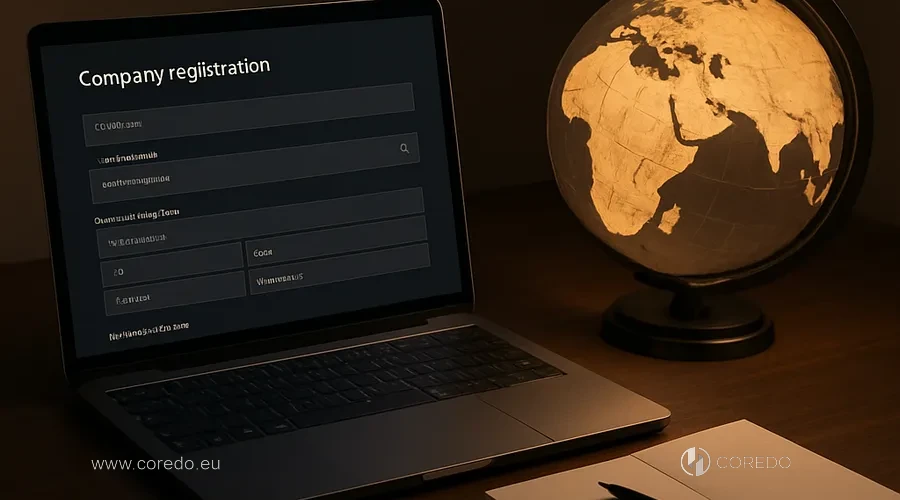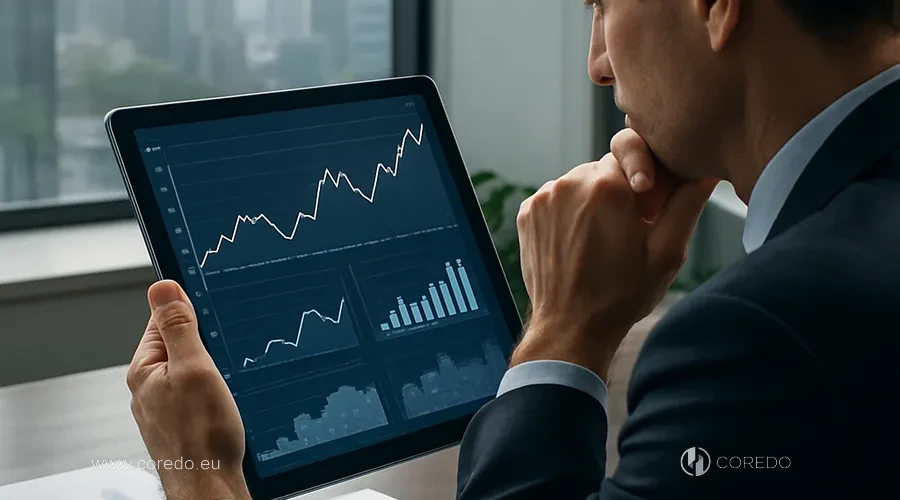In international trade, trade tariffs are not just duties on importing or exporting goods. They are a complex system of instruments, including:
- Ad valorem and specific duties (a percentage of value or a fixed rate per unit of goods),
- Seasonal tariffs,
- Tariff quotas,
- Antidumping measures,
- Tariff escalation (higher rates on higher value-added products).
In Asia, tariff policy is highly variable: some countries pursue liberalization, while others have strict import duties and non-tariff barriers.
The impact of trade barriers on business
Trade barriers today are not only tariffs but also non-tariff restrictions: Licensing, technical regulations, quotas, currency controls, as well as EU and US sanctions regimes.
Such measures are especially relevant for companies working with high-risk markets or in sectors subject to export controls (for example, technology, finance, energy).
Tariffs of the EU, Asia and Africa: comparison
| Region | Main tariff barriers | Regulatory features | impact on business |
|---|---|---|---|
| EU | Customs duties, sanctions, anti-dumping measures | Strict compliance and AML, transparent registries | High protection, but complex reporting |
| Asia | Variable tariffs, non-tariff barriers | Differences between countries, emphasis on localization | Opportunities for optimization, but risks of currency volatility |
| Africa | Import duties, quotas, currency controls | Fast registration, but complex tax regimes | Growth prospects, but high regulatory risks |
In the EU, special attention is paid to legal support of business and compliance with compliance standards, which is critical for access to European payment systems and the stock market.
Tariffs for business: risks and impact

Their changes can create both financial costs and market uncertainty, which is especially important to consider in strategic planning.
Tariff implications for business
Tariff risks for business manifest in reduced margins, increased operating costs and the need to revise business models.
- Assessment of ROI when tariff rates change,
- Analysis of business sensitivity to tariff changes,
- Scenario modeling for strategic planning.
At COREDO we use a comprehensive analysis of tariff consequences for companies, including:
- Assessment of ROI when tariff rates change,
- Analysis of business sensitivity to tariff changes,
- Scenario modeling for strategic planning.
Currency risks and logistics with new tariffs
COREDO’s experience has shown that multichannel logistics and currency hedging can significantly reduce the impact of tariffs on logistics and ensure the resilience of supply chains.
For international companies, critical are:
- Managing currency flows,
- Optimization of foreign trade expenses,
- Using alternative supply routes when tariff policy changes.
Consequences of tariff wars for business
COREDO analytics shows that in 2025 the greatest vulnerability to new tariffs will remain with:
- The automotive industry,
- Electronics,
- The agricultural sector,
- Financial and payment services.
Scenario planning and stress-testing of trade models are becoming mandatory tools for companies focused on long-term development amid unstable trade policy.
Reducing risks in international trade

Rational management of these risks begins with optimizing tariff and foreign trade expenses, which not only increases business resilience but also reduces the likelihood of financial losses.
Practical methods for minimizing tariff costs include:
Optimization of tariff and foreign trade expenses
- Using tariff preferences under trade agreements,
- Trade diversification: entering new markets with lower tariffs,
- Optimizing supply chains and choosing alternative routes,
- Using re-export through jurisdictions with preferential regimes.
Understanding tariff and non-tariff barriers plays a key role in the efficiency of international trade, and it is equally important to consider compliance, AML and due diligence issues: we will examine their differences in detail in the next section.
Compliance, AML and due diligence: what’s the difference?
- Implementing compliance procedures when working with tariffs and sanctions,
- Conducting due diligence in international trade,
- Sanctions screening of counterparties and automation of compliance processes.
Managing tariff risks: automation and digitalization
Modern digital tools allow automating the monitoring of tariff and sanction changes, integrating ERP systems with customs and payment services, as well as performing trade analytics and forecasting tariff trends.
Company registration in the EU, Asia and Africa: tariffs and laws

company registration in the EU, Asia and Africa is not just a formal procedure but a strategic step that determines the conditions for doing business, its taxation and legal protection.
Registering a business in different countries
company registration in the EU, Asia and Africa requires a deep understanding of local regulatory nuances, including:
- Requirements for foreigners and ownership structure,
- Licensing of certain types of activities (banking, crypto, payment, forex services),
- Features of corporate structuring and beneficiary control (UBO).
How to choose a jurisdiction for business and taxes
The choice of jurisdiction for company registration should take into account:
- The size and structure of tariff barriers,
- Tax planning and transfer pricing,
- Availability of tariff preferences and trade agreements.
Legal support and compliance for business
That is why it is important to develop effective mechanisms in advance to reduce the impact of tariff changes on a company’s operations.
How to reduce the impact of tariffs on business

To ensure resilience under changing tariff policy, companies need to understand the main risks and know how to minimize them. Below we will consider specific smethods that will help reduce the impact of tariffs on business and manage tariff risks.
How to minimize tariff risks?
- Conduct due diligence to assess tariff and sanction risks for all key counterparties and supply routes.
- Implement automation for monitoring changes in tariffs and sanctions using digital tools and ERP system integration.
- Use free economic zones and tariff preferences to optimize the structure of foreign trade operations.
- Develop scenario planning and stress-testing of business models taking into account possible escalation of tariff wars.
- Ensure legal support and compliance control at all stages: from company registration to making cross-border payments.
Metrics and KPIs for assessing effectiveness
To assess the effectiveness of measures to reduce tariff risks, we recommend using:
- Trade balance (export/import),
- ROI when tariff rates change,
- Share of tariff and logistics costs in the cost structure,
- Response time to changes in tariff policy,
- Compliance metrics: number of identified risks, speed of their elimination, level of process automation.
Legal and consulting partners
Best practices for interacting with legal advisors on tariff barriers include:
- Transparency of communications and regular updates on regulatory changes,
- Joint development of a corporate strategy for managing tariff and currency risks,
- Integration of corporate responsibility and ESG factors into the global trade strategy.
Recommendations for entrepreneurs

The impact of tariffs on trade and business requires a systemic approach: from strategic planning and optimization of foreign trade expenses to implementing compliance and AML for companies and continuous legal support for the business.
A global trade strategy should take into account corporate responsibility, ESG factors, and new requirements for transparency and sustainability.